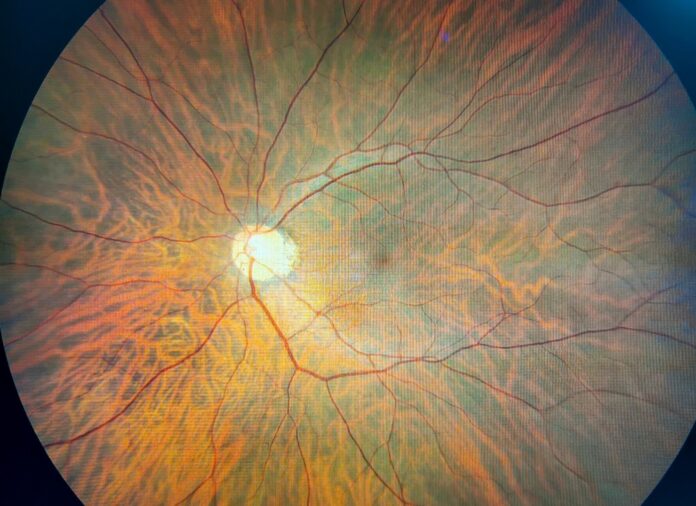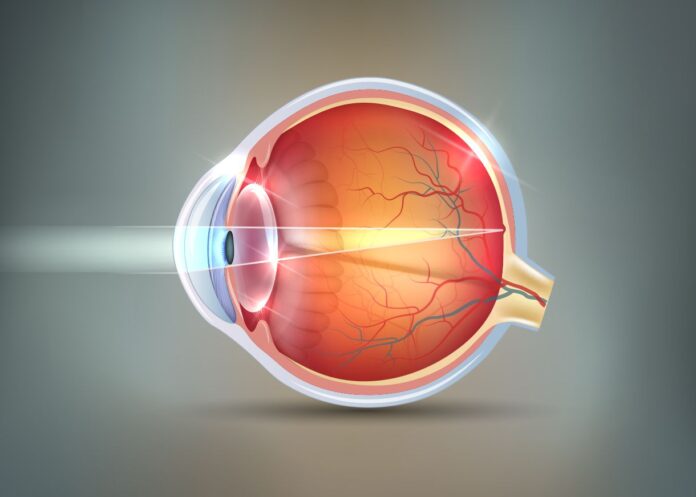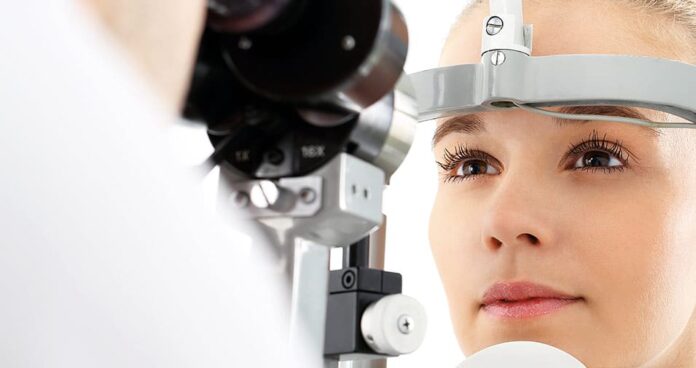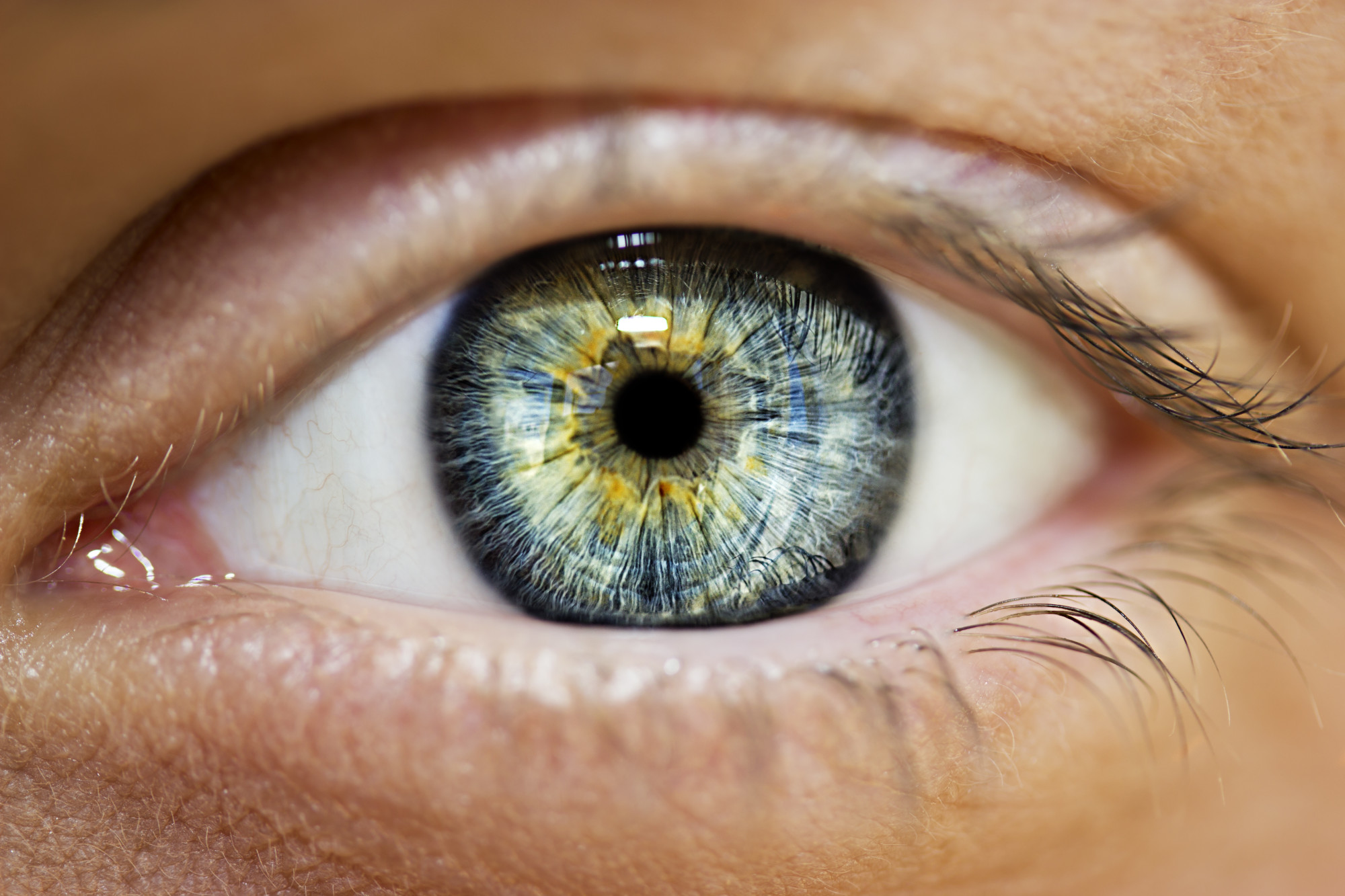Retinal diseases have visual symptoms. They may affect any part of the retina, which contains light-sensitive cones and nerve cells. The retina transmits information to the brain, allowing the person to see. When it is damaged, vision is affected.
Certain retinal diseases can be treated, and others can be slowed or halted to prevent additional damage. People who seek treatment may find their vision preserved, improved, or restored. Without treatment, a person may suffer severe vision loss or become blind.
Retinal disease is our focus, and every person with a retinal disease should see a specialist for treatment.
Common Retinal Diseases

Retinal tears are common. They occur when the vitreous shrinks and pulls on the retina, leading to a tear. When the retina tears, a person may suddenly see flashing lights and floaters. Retinal detachment is a complication of a retinal tear. When fluid builds under the retina following a tear, the retina pulls away from the underlying tissue.
Diabetics are prone to retinopathy. With this condition, tiny blood vessels in the eye leak fluid into the retina. The retina swells, and this swelling distorts or blurs vision. New irregular capillaries may also bleed and worsen vision. Retinopathy may develop into diabetic macular edema.
Some men and women have an epiretinal membrane that looks like crinkled cellophane. This membrane sits on the retina and pulls on it. The pulling leads to distorted vision, where objects look crooked or blurred.
Macular holes and macular degeneration are both causes of concern. A macula hole is often the result of an eye injury and affects the retina’s center. Macular degeneration is a condition in which the retina’s center deteriorates.
The person experiences blurred central vision or a blind spot in the middle of their visual field. Macular degeneration comes in wet and dry forms, with many people having the dry form, which then progresses to wet macular degeneration.
Symptoms of Retinal Diseases

Retinal disease symptoms vary by person. When the retina is damaged, a person might see floating specks or cobwebs, or they might find their vision blurry or distorted. Straight lines often appear wavy. Side vision defects and vision loss are also common symptoms of retinal diseases. An eye doctor and possibly a retinal specialist should investigate any new symptoms.
Retinal Disease Risk Factors
Certain things put a person more at risk of retinal disease. Smoking and obesity are two identified risk factors. People with diabetes and anyone with a family history of retinal diseases should see their eye doctor regularly. As people age, they are more at risk of retinal disease, so visits to the eye doctor should increase.
Treating Retinal Disease

A retinal specialist will treat any disease involving this portion of the eye. Laser surgery is one way they may do so, or they may freeze part of the eye to treat a retinal tear. Retinal detachment may be treated by injecting air or gas into the eye, or the doctor may perform surgery.
Many retinal diseases improve with injections in the eye. Still, a person should always ask their doctor if there are any new treatments for retinal disorders, as advances are being made every day. Regular eye checkups with the retinal specialist will ensure patients learn about these treatments early.
Any person may develop retinal disease. Every person should see their eye doctor regularly to catch diseases early. Doing so usually improves the outcome, so never put these visits off. Make an appointment with an eye doctor today for better vision.







